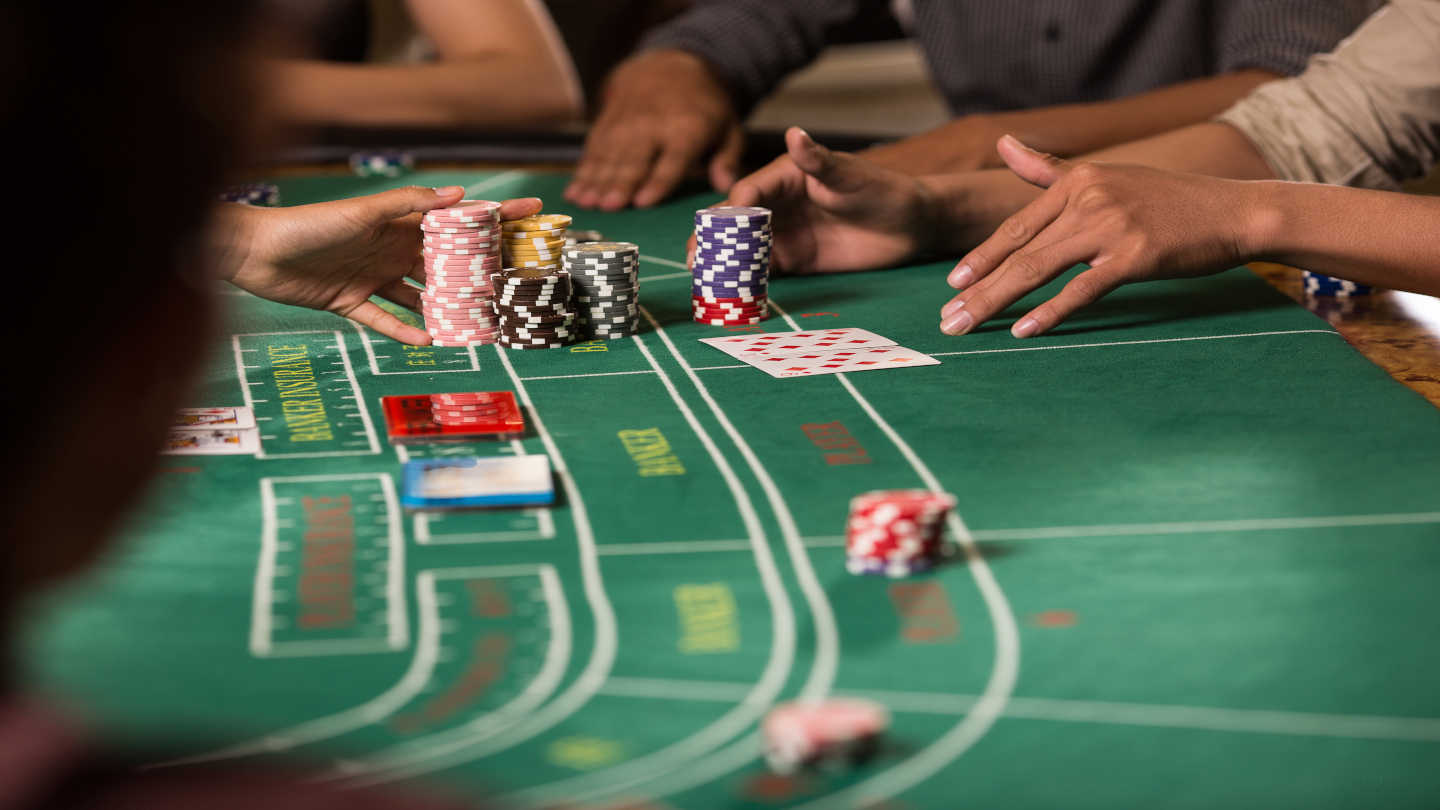Illustrious 18 Blackjack Deviations – Top Tips For Your Game
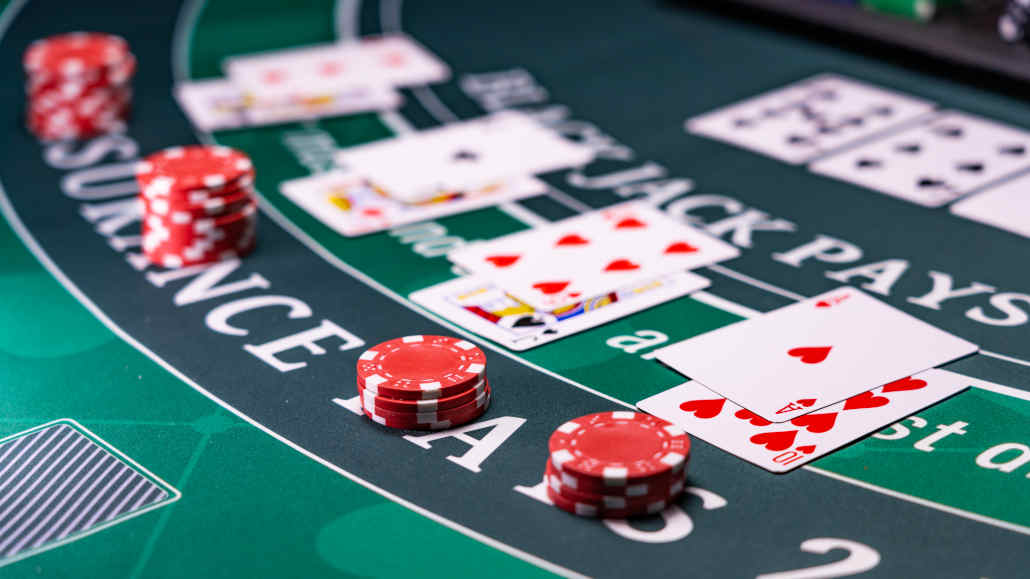
10 minutes
Last Updated: December 17, 2022
The effectiveness of a card counting strategy can depend on a number of things. Most importantly, if you want to have the edge over the casino and win consistently, you need to play each hand optimally.
This includes maximizing the value of good hands and minimizing the damage of bad hands.
Over the last century or so, many gambling experts have developed different systems and variations that help players get the edge over the casino.
In the context of this page and synch systems, the Illustrious 18 deviations combat the expected decrease in returns that naturally happens.
This makes the Illustrious 18 deviations an invaluable part of every blackjack player’s strategy, as it directly improves your expected returns. Keep reading to learn what the Illustrious 18 deviations include and when you should use them.
What Is the Illustrious 18?
In simple terms, the Illustrious 18 is the name of the eighteen variations of basic blackjack strategy. These variations have proven to be very efficient and accurate in assisting blackjack players to make the right decision when counting cards.
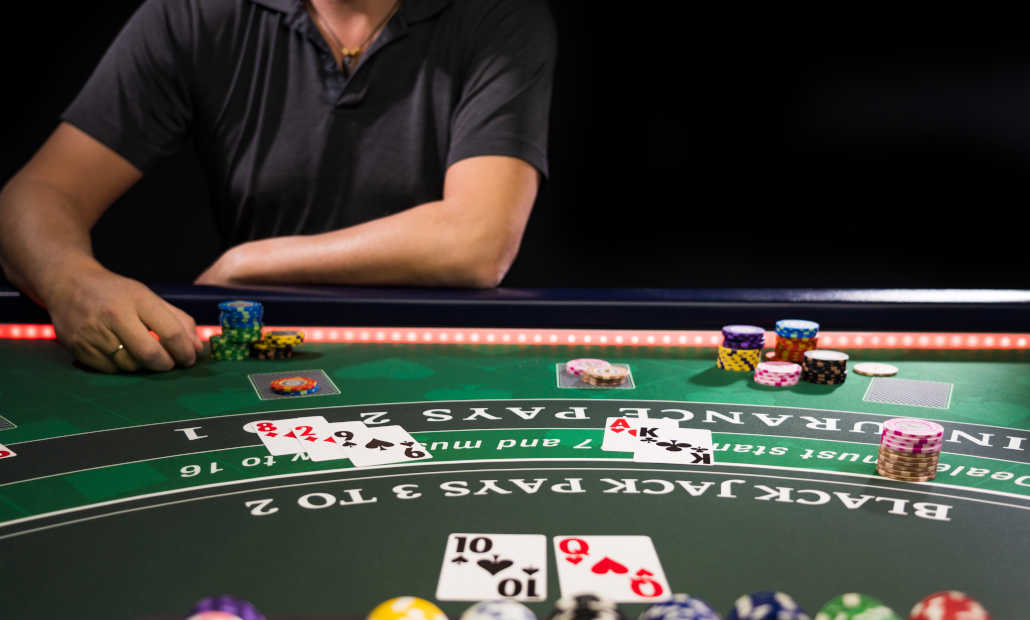
The reason why this system has become so successful lies in its simplicity. Thanks to the Illustrious 18 deviations, you can adjust your basic blackjack strategy for every hand and make the most out of the data you get by counting cards.
Donald Schlesinger – The Creator of the Illustrious 18 Blackjack Deviations
The blackjack Illustrious 18 chart was created by famous gaming mathematician and author Donald Schlesinger. In a career spanning almost five decades, Schlesinger devoted his time to specializing in blackjack theories and systems.
His book “Blackjack Attack – Playing the Pros Way” is considered one of the best theoretical and practical blackjack studies in the history of the game.
Besides the Illustrious 18, his most significant contribution to the game includes the publication of the optimal composition-dependent strategy.
Additionally, Schlesinger is famed for developing several standards for optimally comparing games in different scenarios. Namely, these are SCORE (Standard Comparison of Risk and Expectation) and DI (Desirability Index).
Schlesinger has consulted and worked with many big names from the gambling industry, including Edward O. Thorp, Stanford Wong, Arnold Snyder, and many others.
For his work in the gambling industry, Donald Schlesinger has been inducted into the Blackjack Hall of Fame.
How Does the Illustrious 18 Work?
Before we get into how the Illustrious 18 deviations work, it’s important to note that you need to have fundamental knowledge about the game and solid card counting skills in order to properly use the Illustrious 18.
Firstly, you need to know how to read a blackjack chart and make moves according to what it tells you to do. Secondly, you should have a good understanding of index numbers.
Lastly, you should be able to read the subtleties that can make a difference between winning and losing. This, while sounding simple, is often difficult to master.
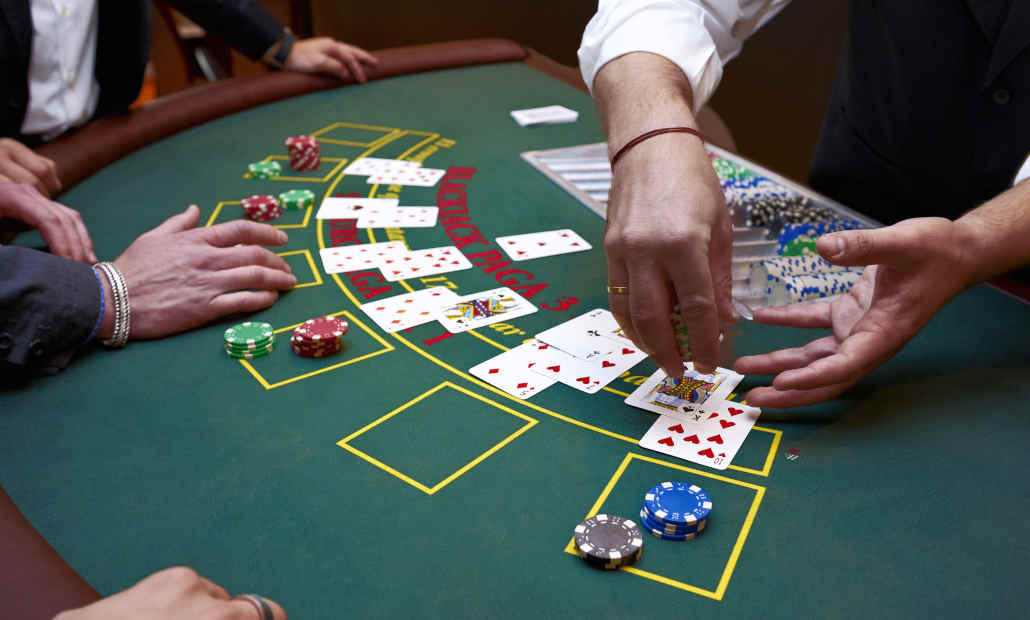
It’s also essential to consider the number of decks used in the particular blackjack game. When you’re counting cards, this aspect should also impact how closely or stick to your strategy and when you deviate from it.
This is why we’ll cover the Illustrious 18 from several perspectives, offering you tips for both single and double-deck games.
With all of that said, let’s move to the main part of this page, discussing each of the Illustrious 18 deviations. Here’s a complete rundown of each of Donald Schlesinger’s Illustrious 18:
1. Taking Insurance
In single deck blackjack games, you should always take insurance if your true count is at least +1 or more. If you’re playing a double-deck blackjack game, you should take insurance if the index is at least +2.
2. Your 16-Point Hand vs. the Dealer’s 10-Valued Up-Card
If you have a hand valued at 16 points and the dealer is showing a 10-point card, stand when the count is 0 or higher in both a single or double-deck blackjack game. If not, you should hit.
3. Your 15-Point Hand vs. the Dealer’s 10-Valued Up-Card
Like in the previous deviation, the rules for single deck and double-deck blackjack are the same in this scenario. More specifically, if the count is +4 or higher, you should stand. Otherwise, you should hit.
4. Your 10-10 Valued Pair vs. the Dealer’s 5
Again, the same rules apply to both variations. In this case, if the true count is +5 or higher, you should stand. If the true count is lower than this, you should always request a split.
5. Your 10-10 Valued Pair vs. the Dealer’s 6
In single deck games, split if the count is +5 or more. In double-deck games, split if the count is +4 or more. Otherwise, you should stand.
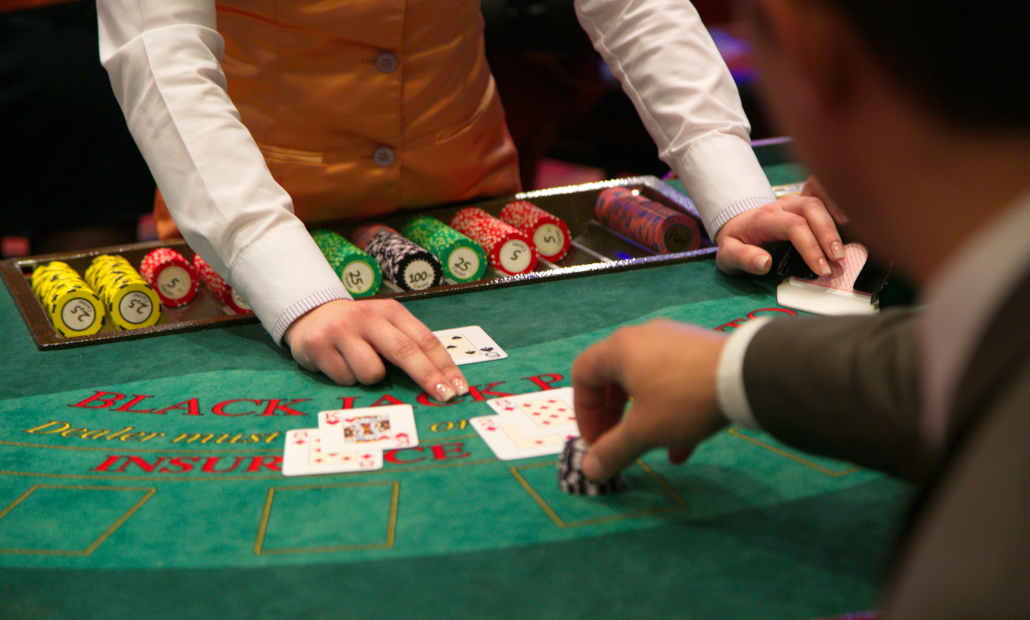
That said, the strategy can vary based on whether you’re playing in a casino in which the dealer has to hit or stand on a soft 17.
6. Your 10-Point Hand vs. the Dealer’s 10-Points Hand
If your hand is valued at ten and the dealer’s up-card matches this value, you should double when the count is +3 in single deck games and +4 in double-deck games. Otherwise, you should just ask for an extra card.
7. Your 12-Point Hand vs. the Dealer’s 3
Similar to some previous deviations, this one has the same rules for both single and double-deck games. Stand when the true count is +3 or more. If it’s lower than this, always hit.
8. Your 12-Point Hand vs. the Dealer’s 2
If you have a 12-point hand and the dealer is showing a deuce, stand at a true count of +4 or higher in both single and double-deck blackjack. If the true count is lower than +4, you should hit.
9. Your 11-Point Hand vs. the Dealer’s Ace
In single deck blackjack, double when the count is -1 or higher. In double-deck games, double when the count is 0 or higher. If not, hit. However, this might vary based on whether the dealer stands or hits on a soft 17 hand.
10. Your 9-Point Hand vs. the Dealer’s 2
In this scenario, double when the count is +1 or higher in both single and double deck variations. If the count is lower, request an additional card.
11. Your 10-Point Hand vs. the Dealer’s Ace
If the dealer is showing an Ace and you have a 10-point hand, double on a count of +2 or more in single deck blackjack. In double-deck blackjack, double on +3 or higher. Otherwise hit.
12. Your 9-Point Hand vs. the Dealer’s 7
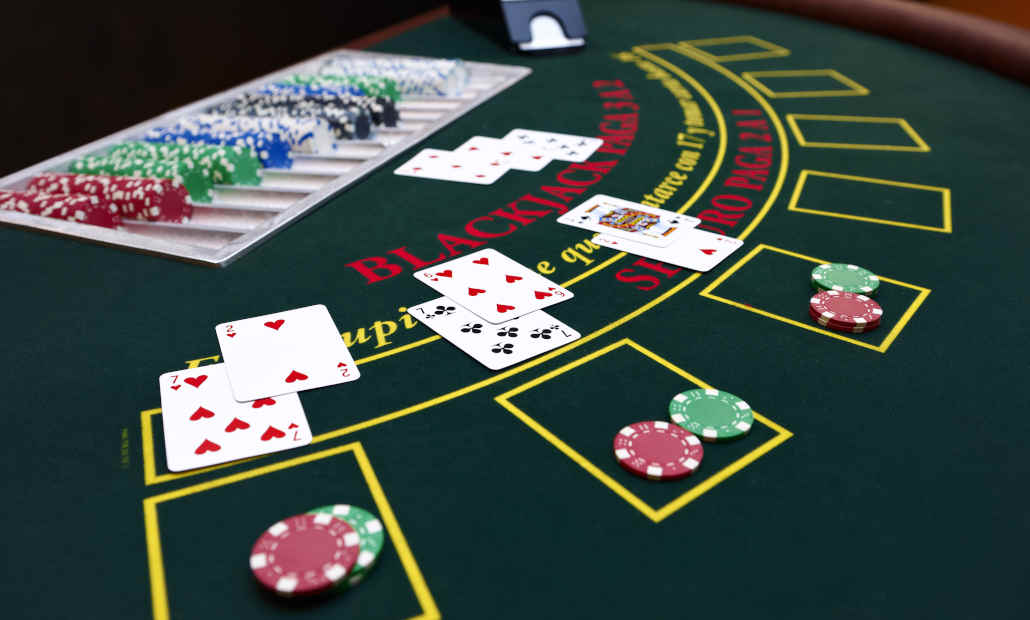
In both single and double-deck blackjack, double when the true count is +4 or higher. If the true count is lower than +4, request an additional card.
13. Your 16-Point Hand vs. the Dealer’s 9
Always stand when the true count is +5 or higher, regardless of what version you’re playing. If the count is lower than +5, ask for one more card.
14. Your 13-Point Hand vs. the Dealer’s 2
For situations in which you have a 13-point hand and the dealer is showing a two, the action is the same in single-deck and double-deck games. You should hit if your count is 0 or lower. If it’s higher than 0, you should stand.
15. Your 12-Point Hand vs. the Dealer’s 4
In single deck games, hit if the count is +1 or lower. In double-deck blackjack, hit when the count is 0 or lower. Otherwise, stand.
16. Your 12-Point Hand vs. the Dealer’s 5
If you have a 12-point hand and the dealer’s up-card is a five, you should hit if the true count is 0 or lower in single deck blackjack games. For double deck variations, hit when the true count is -1 or lower. If not, stand.
17. Your 12-Point Hand vs. the Dealer’s 6
If you’re playing a single-deck game and fact this scenario, you should hit if your count is 0 or lower. In double-deck blackjack games, hit only at -3 or lower. Otherwise, you should always stand.
18. Your 13-Point Hand vs the Dealer’s 3
The last of the 18 deviations proposes a scenario in which you have a 13-point hand, and the dealer shows a 3 as their up-card.
In this case, you should hit if you have a count of -1 or lower in single deck games and -2 or lower in double-deck games. Otherwise, you should stand.
The Fab Four – Adding Value to the Illustrious 18
While the Illustrious 18 deviations provide plentiful pointers on how to act in any blackjack situation, the additional Fab Four modifications deliver even more useful value.
More precisely, the Fab Four advises you to surrender in four specific scenarios, helping you save money.
If you’re playing a Hi-Lo game where the surrender option is offered, the Fab Four can be a very valuable tool. Here’s a closer look at the main rules of Fab Four that stipulate when you should surrender:
- Surrender if your hand is 14, the dealer’s face-up card is 10, and you have a +4 true count.
- Surrender if your hand is 15, the dealer shows a 10, and the true count is zero.
- Surrender if your hand is valued at 15, the dealer shows an Ace, and your true count is either -1 or +2.
- Surrender if your hand is 15, the dealer shows a number 9 card, and your true count is +3.
Why Changing Blackjack Strategy Is Important
Using basic blackjack strategy charts can assist you in making the right choices in most situations.
By simply looking at your cards and the dealer’s up-card and deciding based on what the chart advises you to do, you can play optimally and reduce the house edge in the long run.
That said, doing so won’t actually help you get an advantage over the casino. To do this, you’ll have to use a card counting strategy.
With a card counting system, you will be able to track a true count of the cards that are played over the course of several rounds.
Depending on the system’s accuracy, you can obtain an advantage over the house and make sure you win over time.
With that in mind, you shouldn’t disregard one caveat. A good blackjack player should also maintain a level of flexibility and be able to adjust their strategy depending on the situation.
This is why blackjack strategy variations, like the Illustrious 18, can come in handy from time to time. They help you choose the best decision from a purely mathematical perspective.
Summing Up Illustrious 18 Blackjack Strategy
The Illustrious 18 lays out all of the information pretty straightforwardly. It doesn’t include any overly complicated methods or rules. The only important thing is to ensure you correctly remember the right course of action for every hand.
Mixing up these strategic deviations can lead you to make ill-advised decisions. So, don’t implement the Illustrious 18 in real money games until you’re absolutely sure that you have everything perfectly memorized.
This is not to discourage you from using these 18 specific deviations or other blackjack strategies. But, if you want to obtain a consistent edge over the casino and be profitable in the long run, you need discipline, a systematic approach, and responsible betting habits.





